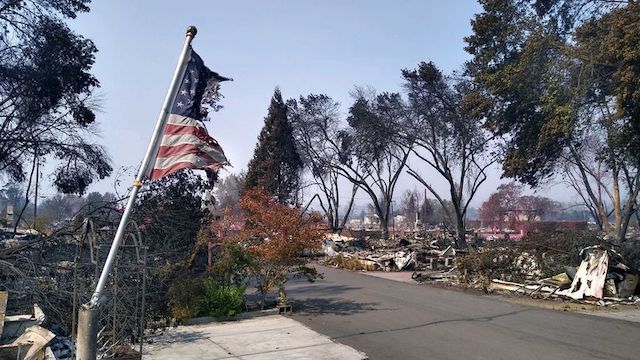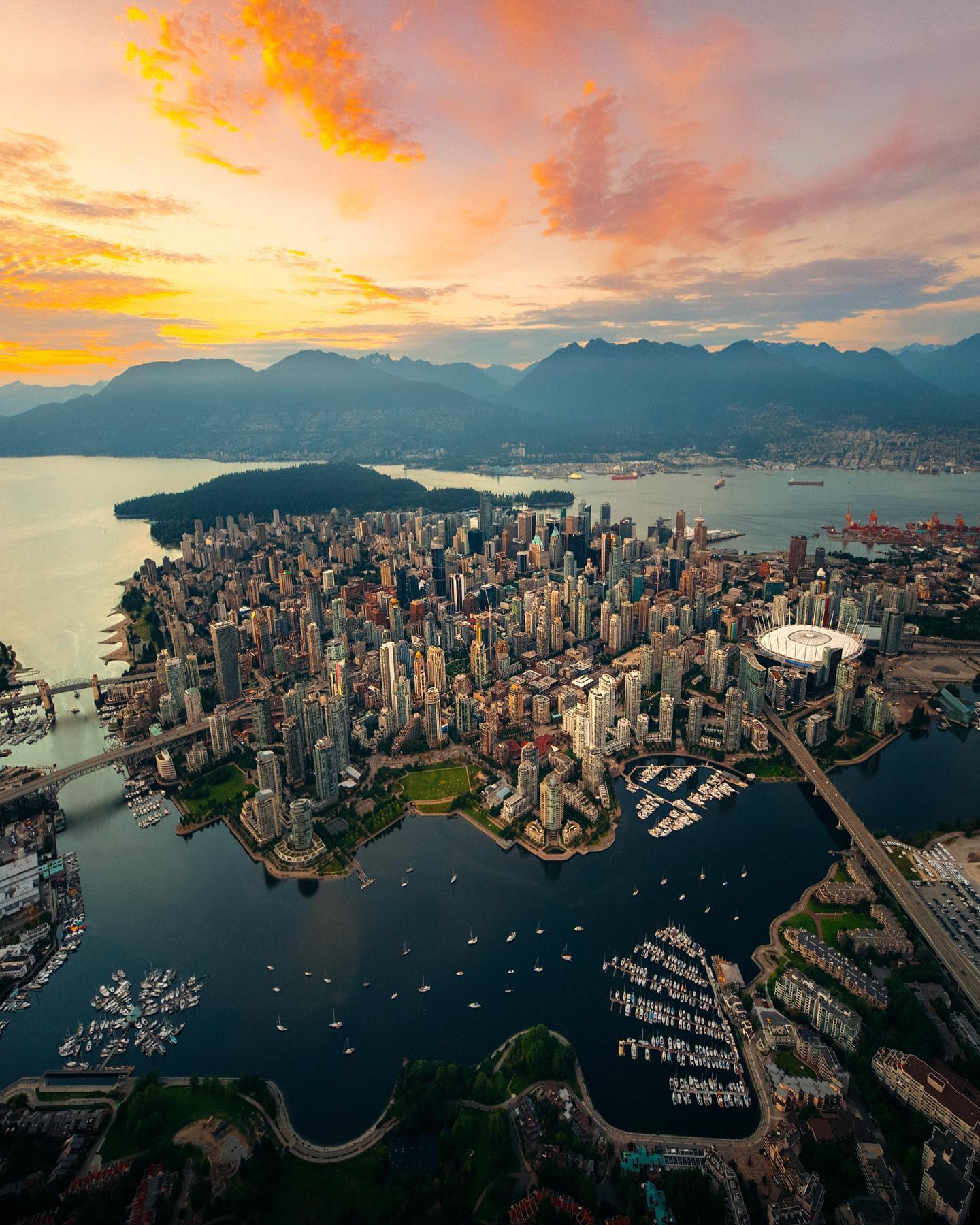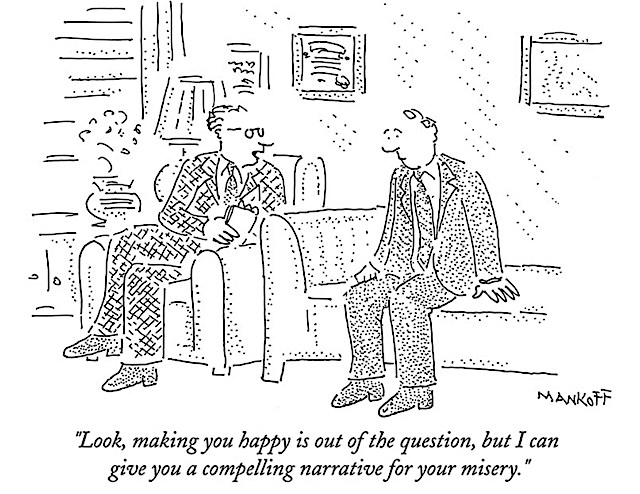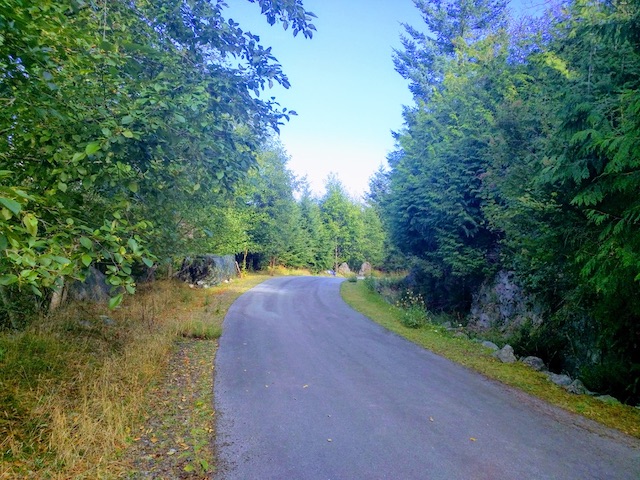Oh won’t you come with me, where the Wood River flows?
We’ll watch it meander slowly, as the sky turns from red to dark.And as that sun goes down, we’ll throw our arms around each other
and tell the dreams that are deep in the heart.Because the heart is bigger than trouble, and the heart is bigger than doubt,
But the heart sometimes needs a little help to figure that out.So won’t you come with me, where the Wood River flows?
The little Wood River knows.
— Connie Kaldor, Wood River
COLLAPSE WATCH

Remains of Oregon town burned to the ground in recent wildfires; photo from Oregon Public Broadcasting; thanks to Tree Bressen for the link
Earth in its secret, dark depths: Back at the start of the pandemic, Paul Kingsnorth, co-author of the Dark Mountain Manifesto, wrote about the impossibility of knowing what to do, in this or any other time. Our role, he says, is not to do, or to fix, but just to be. Thanks to the NTHELove group for the link. Excerpt:
Cultures that last are cultures that do not build. Cultures that last are cultures that do not seek to know what cannot be known. Cultures that last are cultures that crawl into their chthón without asking questions — Cultures that know how to be, that look at the sun on the mountain, and say, yes, this is the revelation. People last when they do not eat apples that were not meant for them, when they do not steal fire they do not understand. People last when they sit in the sun and do nothing at all. Let us learn from this! we say. Let us take this crisis and use it to make us better! Better people, more organized people, wiser people. Sleeker people, more efficient people. Let us become sustainable! Let us learn to tell new stories, for the old ones are broken now! We should be saying: stories were the problem. We should be saying: no more stories, not from us. We should be saying: break the stories, break them all. Nothing of this should be sustained.
The water’s getting warm: Henk Green notes that this — what we’re going through in 2020 — wasn’t supposed to be how the world ended. He describes how our supposed “freedoms” are going to be impinged a lot more by climate change than by the pandemic, and how right now we can neither afford to spend trillions combating climate change nor afford not to spend trillions combating it.
LIVING BETTER

photo from Frans de Waal’s Facebook page
Kent Monkman reimagines history: The Cree artist’s amazing panoramas provide an alternative view of what might have been.
How to prevent a coup: George Lakey polishes up some historical research on anti-coup activism, just, you know, in case we might need it. Thanks to Larry Sheehy for the link.
Keep your eye on Zeynep Tufekci: The diminutive self-made Turkish sociologist has correctly predicted many recent, seemingly improbable occurrences provoked by technology. She explains, for example, why it’s good to go to the beach during a pandemic. And why public protests only work when they effectively undermine the perceived legitimacy of those in power. Her solutions are bold yet obvious: eg make Facebook et al into cooperatives, free from all advertising, corporate funding and profit demands, supported entirely by individual $20/year subscriptions, so that we, not the corporations and politicians, are the customers and owners, not the “product” as we are now. Instead, she says, “we’re building a dystopia just to make people click on ads“.
What if we’ve already won?: If Zeynep is right about effective protests, then Eric Ward says “the challenge is no longer one of winning. It’s about managing space and time. Our job now is to create and hold enough time and space for the generation coming up, the generation that does not dispute Black Lives Matter, to get its chance.” Thanks to Tree Bressen for the link.
A victory for single-tier public health care: BC’s supreme court has struck down a challenge by a group of money-grubbing doctors trying to dismantle Canada’s health system on constitutional grounds that the rich should be allowed to jump the queue for better, faster, private health care in Canada.
POLITICS AND ECONOMICS AS USUAL

thanks to Libby Post for the link; original poster un-cited
America’s authoritarian danger: As I described in my recent article, it is now clear that the US is no longer a democracy and is edging closer to becoming an outright totalitarian state. Umair Haque draws on the president’s coddling of the Kenosha mass murderer to explain how such events have historically led to such a state. Social media are as complicit as anyone, and some fed-up employees are posting their angry resignations online. Hari Kunzru’s excellent review of Masha Gessen’s book Surviving Autocracy is essential reading on this but the review is available to subscribers only, but there’s a lengthy YouTube interview with her here. (thanks to Tree Bressen for sending me her copy of Hari’s review, and for the link to the resignation letter above).
Hobson’s choice: Caitlin Johnstone explains how the only real difference between the two US parties, both owned by the corporate elite, is whether they scare-monger about Russia/Belarus (Democrats) or about China (Republicans). Iran is of course demonized by both. The Democrats offer a doddering leader instead of a psychopath, but they’re interested only in power, not reform. Since 2001, wars launched and supported by both parties have displaced as many as 59 million people worldwide. Kenn Orphan argues that the Democratic party has squandered the opportunity to truly distinguish itself from the other party, what it could have done, and why he thinks it never will (thanks to Lorraine Suzuki for the last link).
How Trump could win again: A recent New Yorker article by Benjamin Wallace-Wells suggests that all it might take is an apology, an 11th-hour repentance for excess. Fool me twice and all that.
The Russians and the bible-burning hoax: While it’s doubtful that Russian and other interference in the US election through social media will actually change anyone’s mind, it’s remarkable how effective campaigns like the bible-burning hoax (overtly “broadcast” by Russia Today on twitter) are, among the credulous. It doesn’t matter for most if it’s true, if it’s what we want to believe.
Is America a myth?: Robin Wright questions whether what has kept the US united (relatively) for so long is a false myth, and suggests it’s only the impracticalities of geographic separation (especially urban vs rural), and inertia, that have kept it together so far. (This might also be said of the UK, Canada and not a few other countries.)
BC’s mismanagement: The NDP-Green coalition government of BC must be one of the greatest disappointments to progressives in Canadian history. The government continues to fund the ecologically and financially disastrous Site C dam project even though its energy will never be needed; and it may, Andrew Nikiforuk reports, also be structurally unsafe. And its response to the provincial fentanyl deaths crisis has been so conservative and ineffectual that its advisory group has quit en masse.
COVID-19 CORNER

photo from Texas, by Leigh Williams posted on Facebook; caption: “Worried you might be a crow? A raven? Perhaps a bluejay? We at Corvid testing are prepared to answer any or all questions you might have about suddenly becoming a bird human. Corvid testing — we’re here for you.”
How many have actually been infected?: The quality and quantity of testing for this disease have been and continue to be abysmal. Almost nowhere has the availability, promptness and reliability of testing coincided with low enough infection rates so that, as in Taiwan, South Korea and New Zealand, it’s possible to quickly identify and isolate new cases in order that life can proceed “normally”. There is some indication that in the slums of Mumbai, over half the population has been infected, with more than an order of magnitude lower level of reported cases, hospitalizations and deaths than would be expected if that were so. In China, which has endured severe lockdowns and regulations (some of them spurious), mask wearing indoors is mandatory but social distancing is almost non-existent; yet almost zero new cases are being reported. In Peru, with a population of 33 million and an average age of 27 (note that mortality of CoVid-19 for those under 30 is close to zero), there have been 120,000 excess deaths since February, most of them likely due to Covid-19. But in Nigeria, with 7 times Peru’s population, there have been only about 1,000 reported deaths and forecasters don’t envision many more over the next four months. How can this be? No one knows.
Chronic underfunding and government interference lead to screw-ups: Just as with wildfire firefighters, governments have been starving public health for decades, and that is contributing enormously to unnecessary deaths, incompetent pronouncements, misinformation and misuse of resources. Bullied by HHS, the US CDC openly discouraged testing for all non-symptomatic people in an insane announcement two weeks ago. Meanwhile the US FDA ludicrously claimed 35% of CoVid-19 deaths would have been prevented if they had been injected with blood plasma. And the most common testing method used in the US produces results far too slowly to be of use and produces a huge number of false positives. On top of that, the social stigma of testing positive is so great that many people refuse to cooperate with tracing and isolating protocols. It’s no wonder the public is increasingly skeptical about the quality of its emaciated public institutions, and furious about its government’s pandemic response.
The bradykinin hypothesis: A new theory suggests CoVid-19 interferes with the body’s regulation of bradykinin, a blood pressure regulator, producing a “bradykinin storm” that results in leaky blood vessels and a ton of related vascular problems, including release of fluids and immune cells into the lungs, which combine with a CoVid-19-produced acid called HLA that “gels” the liquid in the lungs, rendering ventilators useless. Thanks to Jae Mather for the link.
A proper testing system: The always-sensible surgeon and public health researcher Atul Gawande says we could save thousands of lives and quickly return to “normal” if we were prepared to invest in a proper testing regime called “assurance testing” (rapid, regular, easily-accessible, free, quickly-processed, properly-analyzed testing for all) used by several countries (like Iceland). Doing this is a coordination and logistics problem, not a technological or financial one. But with the disjointed, underfunded public health infrastructure in place in North America (and much of the world), it will take a gargantuan effort with a top-down, informed mandate that has the authority, support and resources to make it happen. And going forward, we will need to build up our public health systems nearly from scratch, to world standards.
What else we know now:
-
- Wearing a mask won’t reduce all risk of infection, but may give you a lower “load” of the virus that could dramatically reduce degree of illness and may confer some immunity as well. (More on this research here; thanks to Sam Rose for the link.)
- Wearing a mask, keeping duration of contacts short, sticking to activities that are outdoors or in well-ventilated locations, and avoiding large group activities, are all likely more important to preventing infection than maintaining a 6′ distance from others.
FUN AND INSPIRATION

aerial photo of Vancouver by Bowen Island’s Emmett Sparling
Betelgeuse is back: After dramatically dimming a year ago, what was though to be the lead-up to a supernova explosion of the famous star turned out to be just a case of indigestion; the dimming was apparently caused by the star belching an immense cloud of dust that is now dissipating. Or, rather, was dissipating at the start of the 14th century when the light of the incident started its journey to us.
An understated prediction: In a vlogcast last December, Hank Green said he was “worried” about what might happen in 2020.
Time to (at least) decriminalize possession of all drugs: In an interview back in May, drug legalization advocate Hamilton Morris interviewed Michael Pollan about his then-new book on psychedelics for therapy, How to Change Your Mind. Much of the debate is about how and how fast to legalize, rather than whether.
Making astonishing portraits: My neighbour Cyrille Zellweger shows step by step how to use crosshatching in realistic drawings.
Always put a dog in your book: Ten authors distil their writing advice to a few words.
Do octopuses dream of technicolour squids?: Octopuses appear to have REM (dream) sleep, and to “act out” their dreams in body colouring. Thanks to Ben Collver for the link.
Dogs domesticated themselves: On the fascinating video series Curious Tangents, Travis Gilbert explores social and scientific phenomena in brief, fast-paced, fact-filled, provocative, well-researched synopses. In this one, he explains the remarkable chemistry behind domestication, and how self-domestication can provide evolutionary advantage.
How to link to a particular part of a web page: If you use the Chrome browser, you can take advantage of the URL add-on #:~:text=WORD to link specifically to the first occurrence of WORD on that page. Example here.
Résumé of failures: Famed poet Kim Stafford reflects on how much more can be learned from listing one’s failures in life than one’s supposed successes. Works for me. Thanks to Tree Bressen for the link.
RADICAL NON-DUALITY STUFF

cartoon by Bob Mankoff in the New Yorker
It doesn’t get any better than this: Tim Cliss provides a very clear and succinct explanation of the message of radical non-duality, even though that message is unfathomable, other than intuitively.
An artist with face-blindness draws herself: The brain’s capacity to imagine, to convert patterns into “knowledge” of what is “real”, and to rationalize and believe is almost unlimited. Imagine if you couldn’t recognize a face; what would you draw? Imagine if you were unable to have an internal monologue — a dialogue with yourself; how could you formulate ideas or “know” what to say next? Imagine if you were unable to visualize things in your head; how could you imagine what you can’t see? And yet people who have all these ‘incapacities’ function perfectly well in the world, often highly successfully and unaware of their ‘incapacity’, as are many of those who live and work with them. So why is it impossible for us to fathom that there are likely many of us who live without a sense of having a separate self, or of anything being separate or absolutely real, and whose understanding of others’ descriptions of self, of separation, of time and space, and about ‘real things’ is that they are just a universal metaphorical conventional way of describing things, and not really describing anything ‘real’ at all? Possibly it’s just never occurred to them or those they seemingly interact with that they’re describing completely different ‘realities’, and it doesn’t seem to make any difference, why question it? Unless, after talking with someone who claims not to have a sense of self or separation, it is suddenly, astonishingly obvious that ‘you’ don’t either.
THOUGHTS FOR THE MONTH

home, apparently
The ultimate irony, via Caitlin Johnstone: From a news release from Radio Free Europe:
U.S. Secretary of State Mike Pompeo, speaking to RFE/RL in Prague, said Washington has been watching the violence in Belarus, with “peaceful protesters being treated in ways that are inconsistent with how they should be treated.”
From Rebecca Turkewitz in a humour column on math problems for students during CoVid-19:
If we move back to in-person learning, students are supposed to remain six feet away from their closest neighbors. My classroom is roughly twenty feet by twenty-five feet. There are twenty-seven of you. In the space provided below, please draw what you see when you stare into the abyss.
If the school’s budget is unexpectedly cut by ten per cent and the school’s forty-five teachers take a six-per-cent pay cut while administrators take a zero-per-cent pay cut, will your generation finally be the one to dismantle a system in which the powerful exploit the less powerful with impunity?
From Ursula Le Guin, from No Time to Spare
Actually, I don’t exactly have expectations. I have hopes, and fears. Mostly the fears predominate these days. When my kids were young I could still hope we might not totally screw up the environment for them, but now that we’ve done so, and are more deeply sold out than ever to profiteering industrialism with its future horizon of a few months, any hope that coming generations may have ease and peace in life has become very tenuous, and has to reach far, far into the dark.




